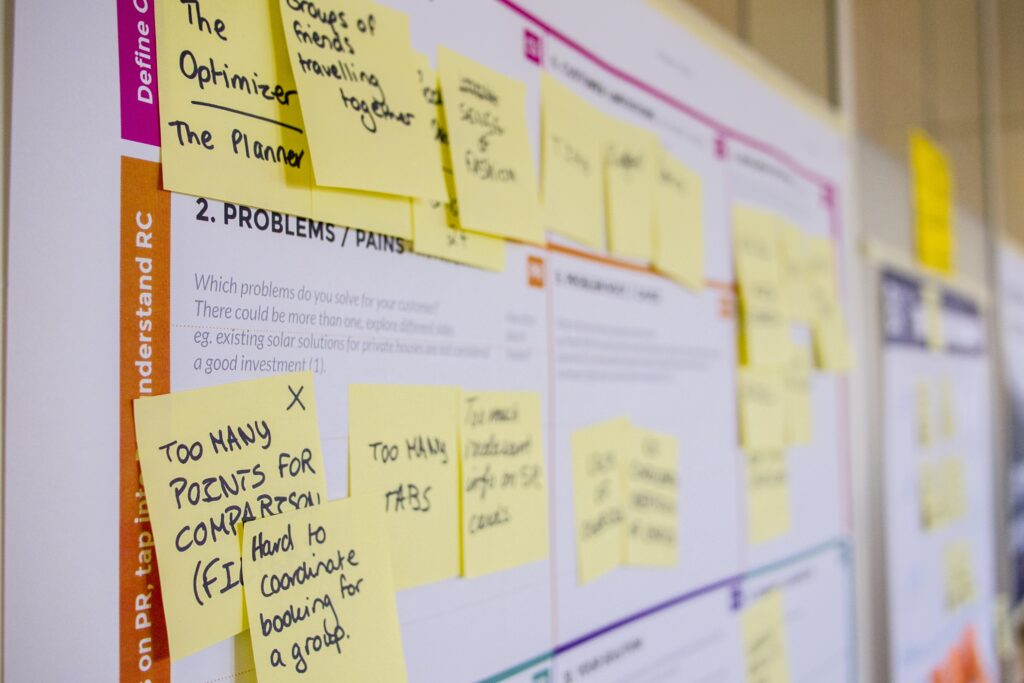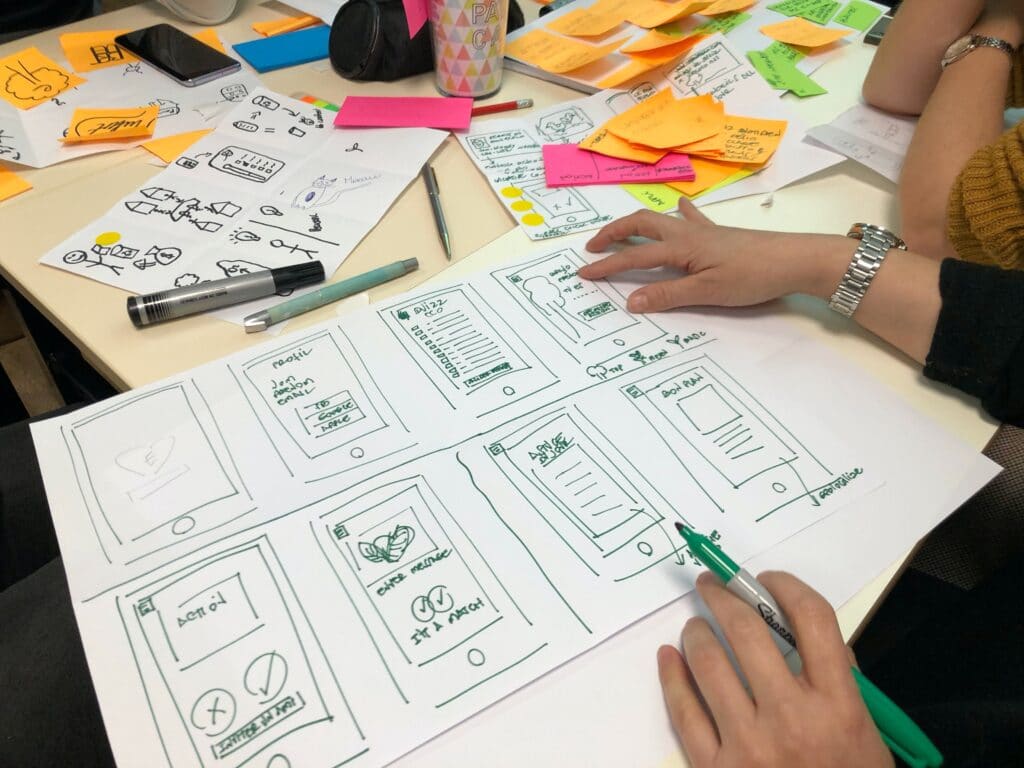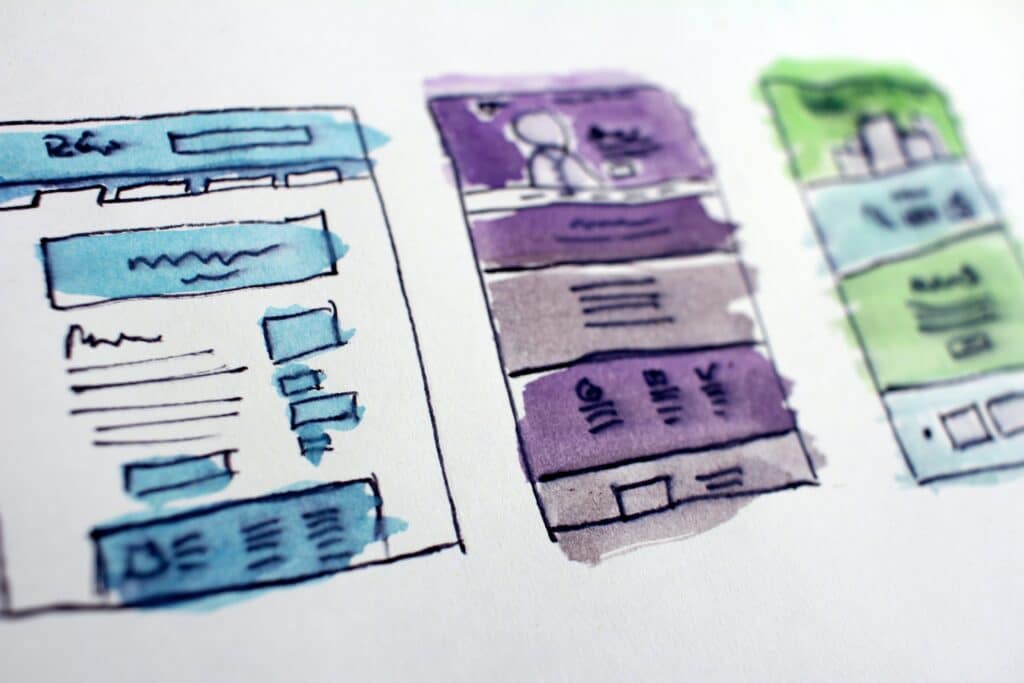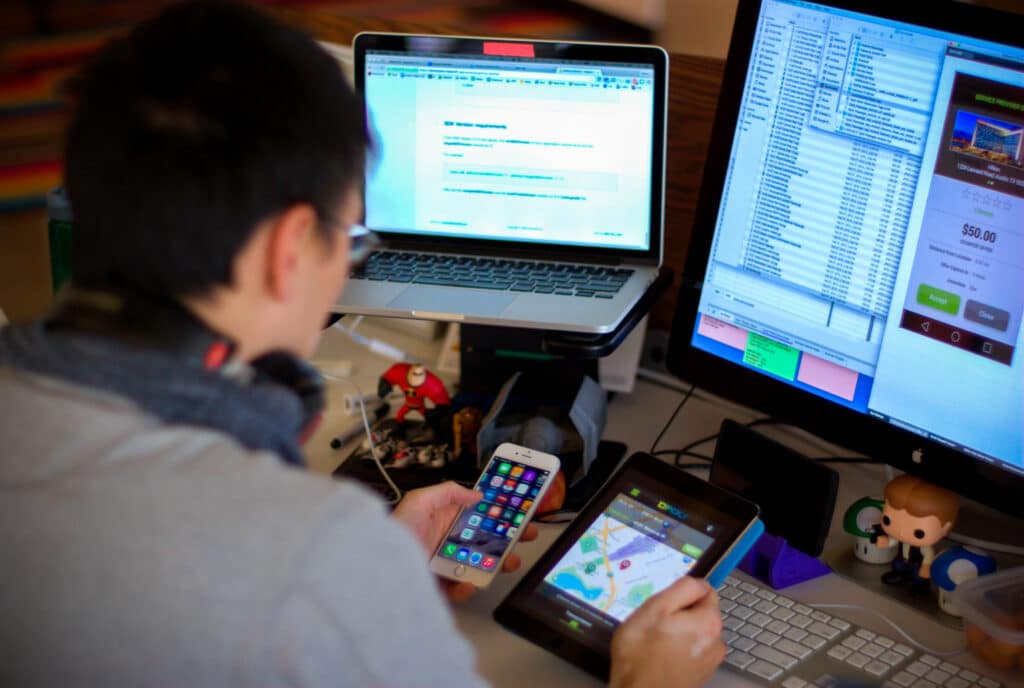Whatever the case may be, you are basically going to become a software developer. Not in the literal sense of writing the code yourself, but you will be running a software project. Even if you are going to hire a company like Saritasa to do the actual coding, they will be doing so at your direction. So what are you getting yourself into? Welcome to the Software Development Life Cycle (SDLC).
There are several variations of the classic SDLC. For the most part, developers agree that the cycle has the following phases:
- Design
- Implementation / Development
- Testing
- Deployment/Integration
- Maintenance
There are a couple of different methodologies that are used to build software (Agile, Waterfall). We have a post on our blog about that, but for this article, I’d like to simplify things a bit. Let’s jump in!





